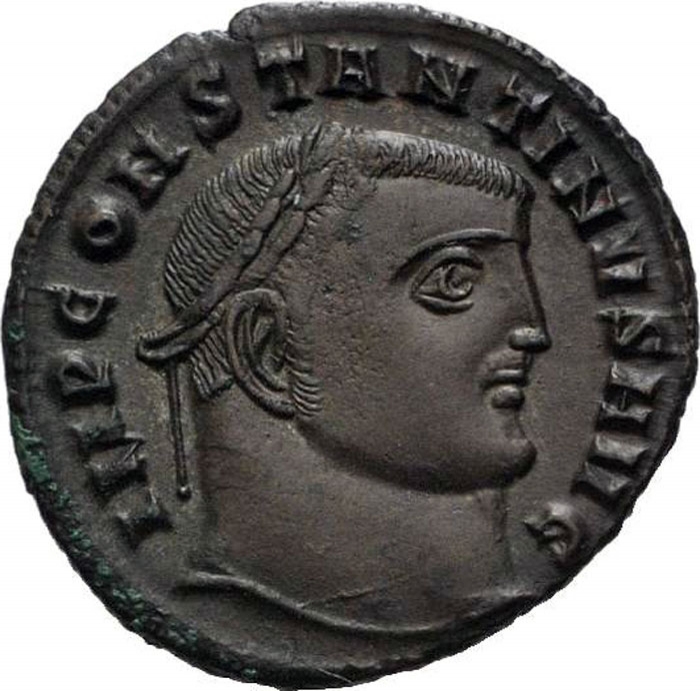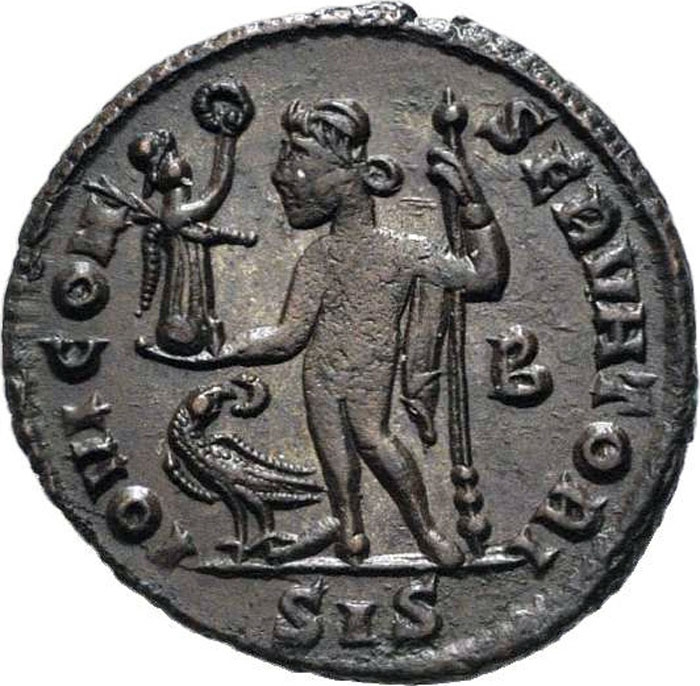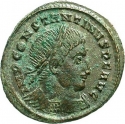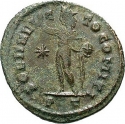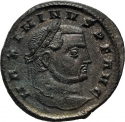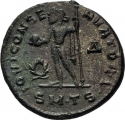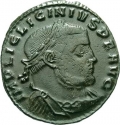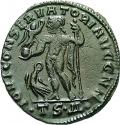You are about to finish your registration. Please check your mailbox (including spam folder). There should be a letter with a confirmation link. Check setting to make sure that your e-mail address is correct.
Send letter againDescription
Constantine the Great (Flavius Valerius Aurelius Constantinus Augustus; 27 February c. 272 AD – 22 May 337 AD), also known as Constantine I or Saint Constantine (in the Orthodox Church as Saint Constantine the Great, Equal-to-the-Apostles), was a Roman Emperor of Illyrian-Greek origin from 306 to 337 AD.
As emperor, Constantine enacted many administrative, financial, social, and military reforms to strengthen the empire. The government was restructured, and the civil and military authorities were separated. A new gold coin was introduced to combat inflation known as the solidus. It became the standard for Byzantine and European currencies for more than a thousand years.
Constantine was the first Roman emperor to convert to Christianity, and he played an influential role in the proclamation of the Edict of Milan in 313, which declared religious tolerance for Christianity in the Roman empire.
The age of Constantine marked a distinct epoch in the history of the Roman Empire. He built a new imperial residence at Byzantium and renamed the city Constantinople after himself (the laudatory epithet of "New Rome" came later, and was never an official title). It became the capital of the Empire for more than a thousand years, with the later eastern Roman Empire now being referred to as the Byzantine Empire.
Obverse

|
Head of Constantine, laureate, right. IMP CONSTANTINVS AVG |
|---|---|
Reverse

|
Jupiter standing left, holding victory and sceptre; eagle left, wreath in beak. IOVI CON-SERVATORI |
| Edge | - |
